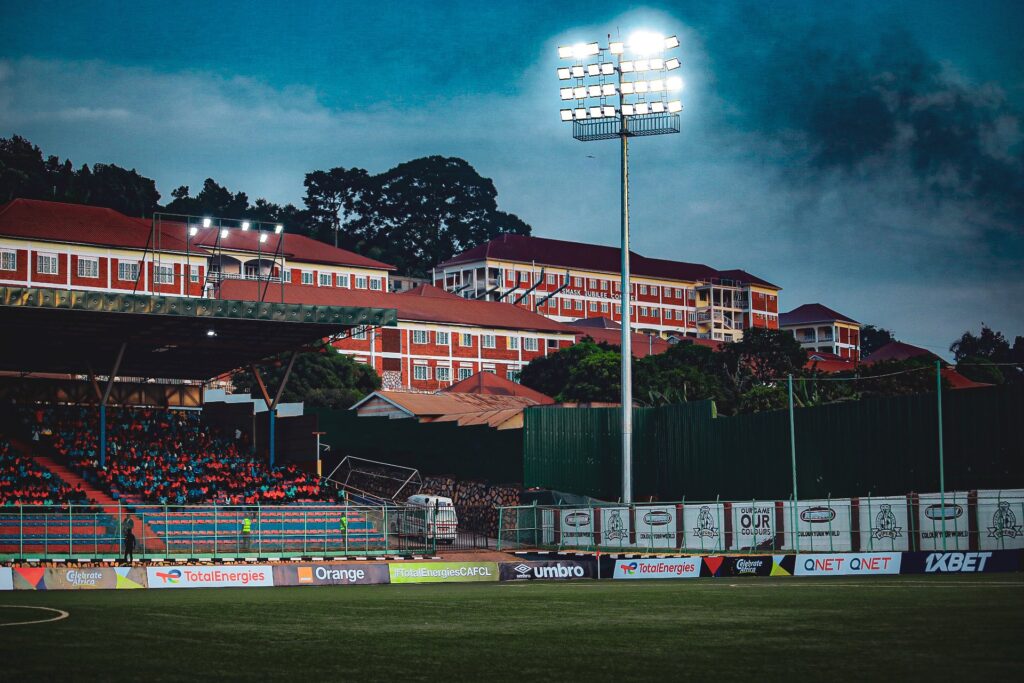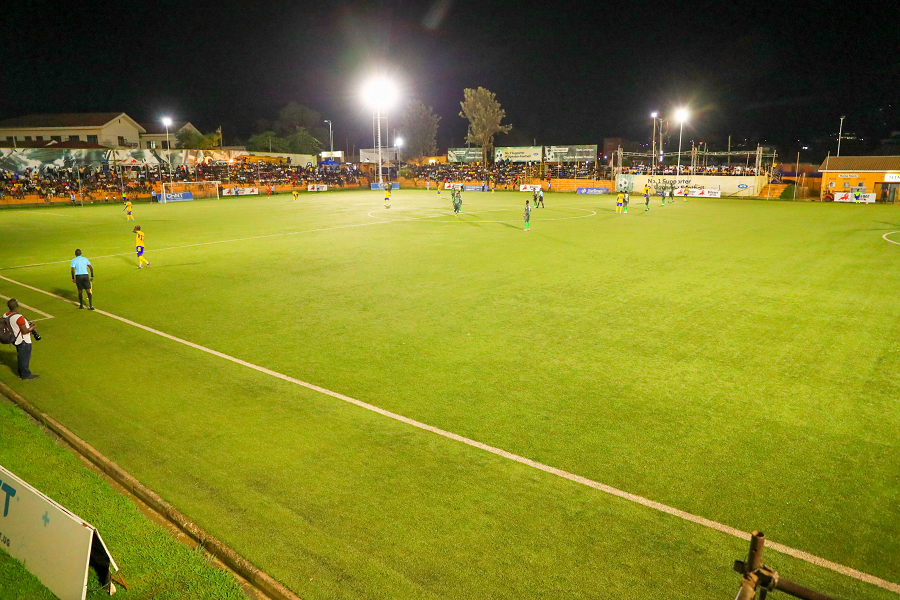Hailing from Hoima district in western Uganda, Kitara FC was founded in 2010 and their remarkable success story has propelled them from a village team to a regional powerhouse.
They are now seeking assistance to build a perimeter wall fence on their seven-acre piece of land that will house the Kitara FC Stadium, situated in Butema, Hoima district.
For the start, this ambitious undertaking necessitates the acquisition of 30,000 bricks measuring 9×9, with each brick priced at 3,200 ugsh.
The completed stadium will feature a regulation-sized football field, an athletics running track, dressing rooms, and a versatile mini stand equipped to host various sports such as Volleyball, Netball, Hockey, and Rugby.
While the team strives to shape its destiny, other stadiums in the league have also witnessed transformation.
St. Mary’s Stadium, the home of Vipers Sports Club in Kitende, serves as a testament to the remarkable growth of Ugandan football.
In addition to hosting Vipers, the 15,000-seater stadium has been utilized as a venue for other clubs, such as KCCA and BUL FC, who have held their CAF games at this location.
Also national team games, including the Uganda Cranes’ Afcon 2021 qualifier fixtures, have taken place at this stadium.
A recent enhancement at the St. Mary’s stadium involved the installation of floodlights, which has allowed for a series of night matches to be conducted at the facility.

Further afield, the MTN-Omondi Stadium, the home of Kampala Capital City Authority Football Club, stands as a symbol of progress.
With its planned expansion as part of the club’s strategic plan, this stadium demonstrates a commitment to nurturing the sport and providing fans with an experience, worth spending a dime for.
The former Phillip Omondi Stadium also had floodlights installed courtesy of the team’s sponsors Chint, which brought excitement of night football at the Lugogo stadium.

Despite the progress made, certain teams in the top division continue to encounter difficulties in acquiring a dedicated home ground.
Instead, they are compelled to depend on privately owned facilities and, in certain instances, even share a stadium with their rivals.
A notable example of this situation is seen with Express FC and Sports Club Villa, who are considered the Catholics and Protestants of Ugandan football.
For a significant portion of the 2022/23 season, they had to share the Muteesa II stadium in Wankulukuku.
In this particular case, Villa has experienced a more nomadic existence, having lost Villa Park to UNRA’s development projects.
Consequently, they have been forced to relocate their games from one venue to another, including Namboole Stadium, Kavumba recreation center, Njeru at the FUFA technical Center, Bombo, and several other locations.
Several factors can render clubs in the capital city homeless, with one key factor being the exorbitant land prices in the city compared to the more affordable options available in the areas outside the capital, where teams like Arua Hill and Kitara have established their base.
Under the ownership of Joel Alita, Arua Hill SC has intentions to build a 20,000-seater stadium in Arua City.
While currently hosting their matches at the Barifa Stadium owned by the Arua city council, the team plans to relocate to the Arua Hill Park once it meets the necessary criteria to host matches.
So as Kitara FC embarks on their return to the Startimes Uganda Premier League, their quest for an upgraded home ground takes on even greater significance.
The support of football fans, organizations, and well-wishers will play a pivotal role in shaping the destiny of the club and the sport in the region as a whole.
You can register/send your contribution to 0787876619 (Kato Timothy) or visit Kitara FC office on Hoima main Street ,opposite Stanbic bank.

















